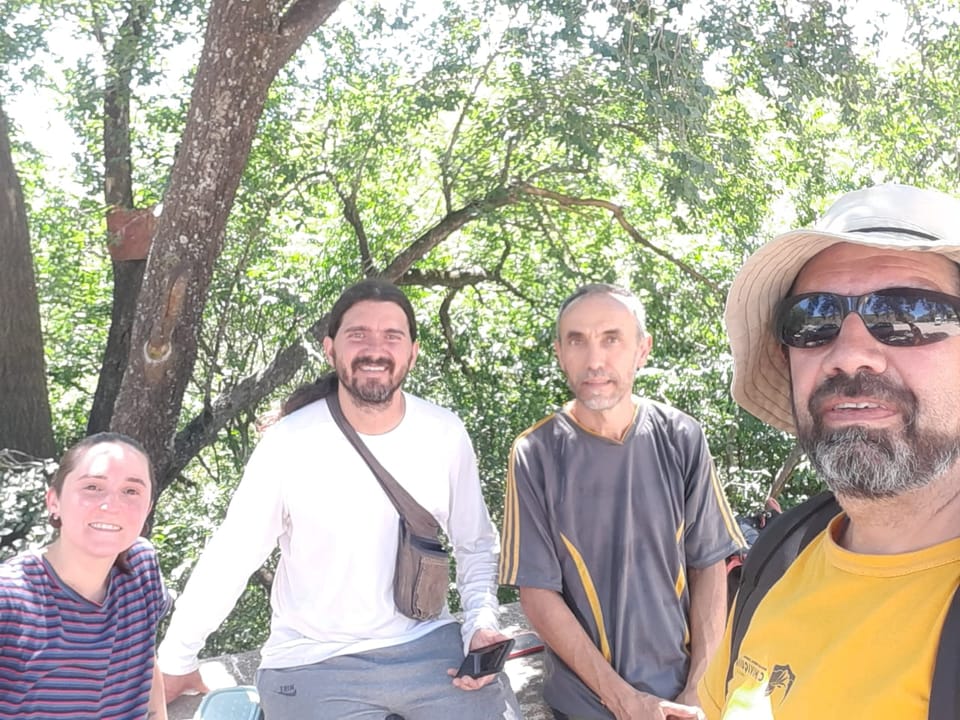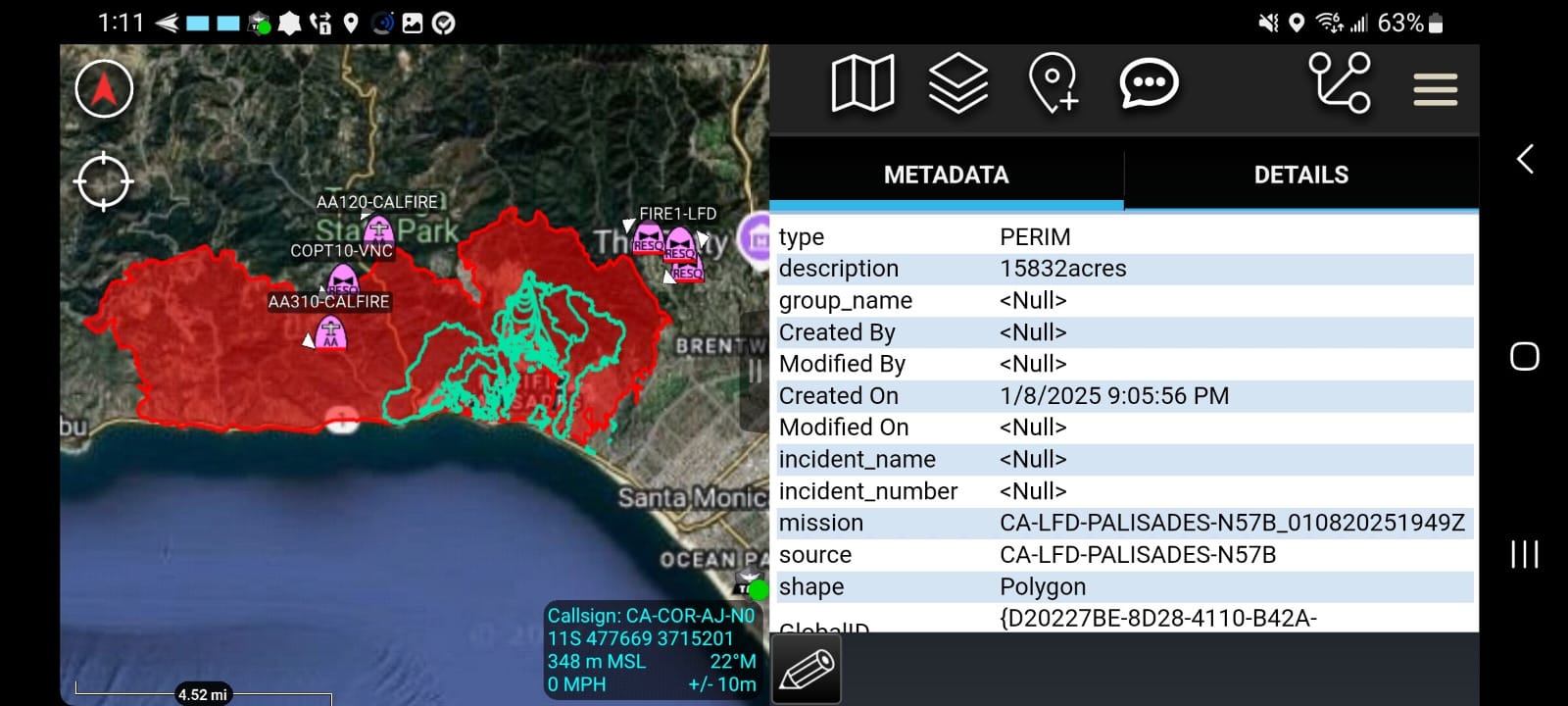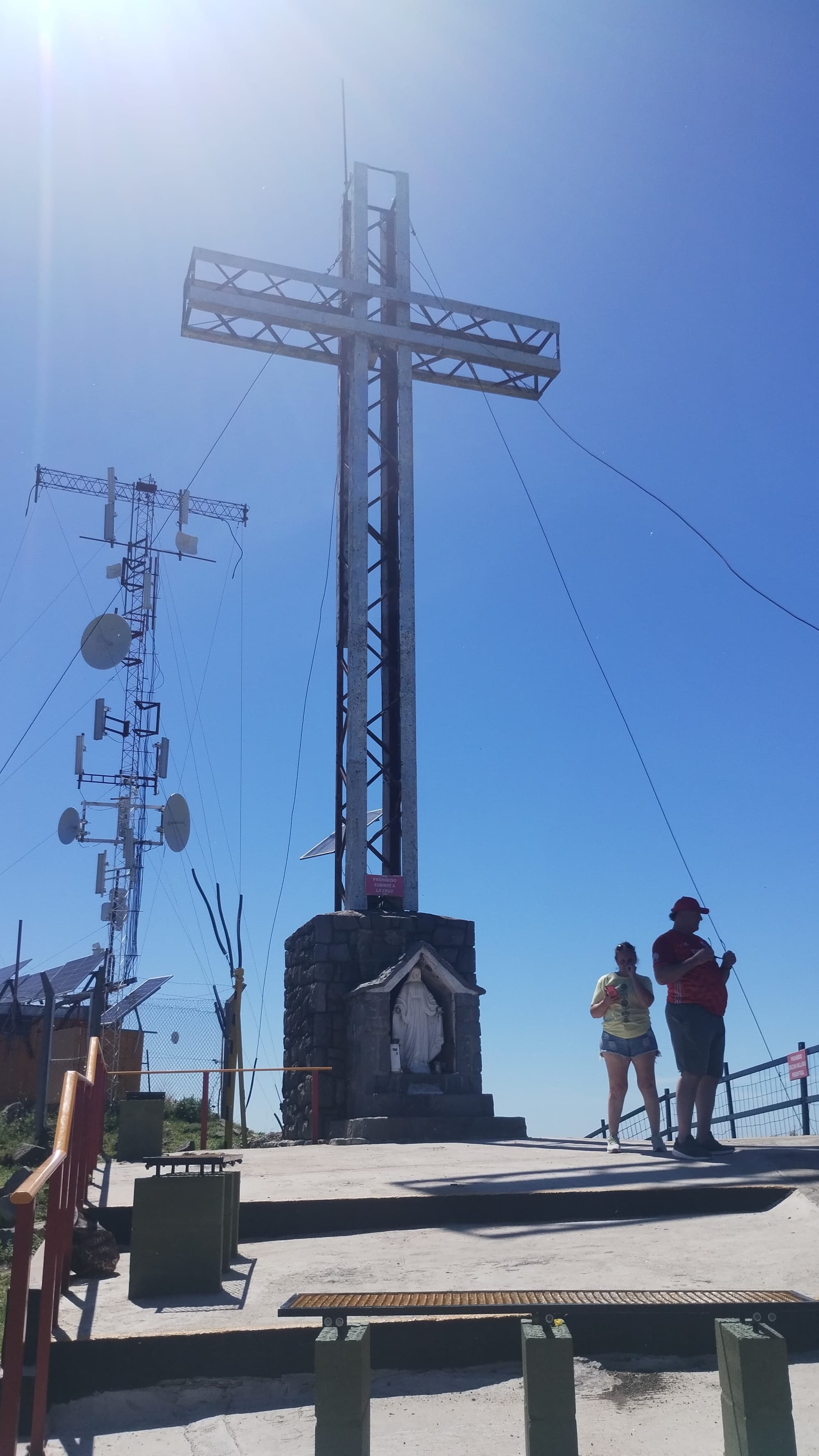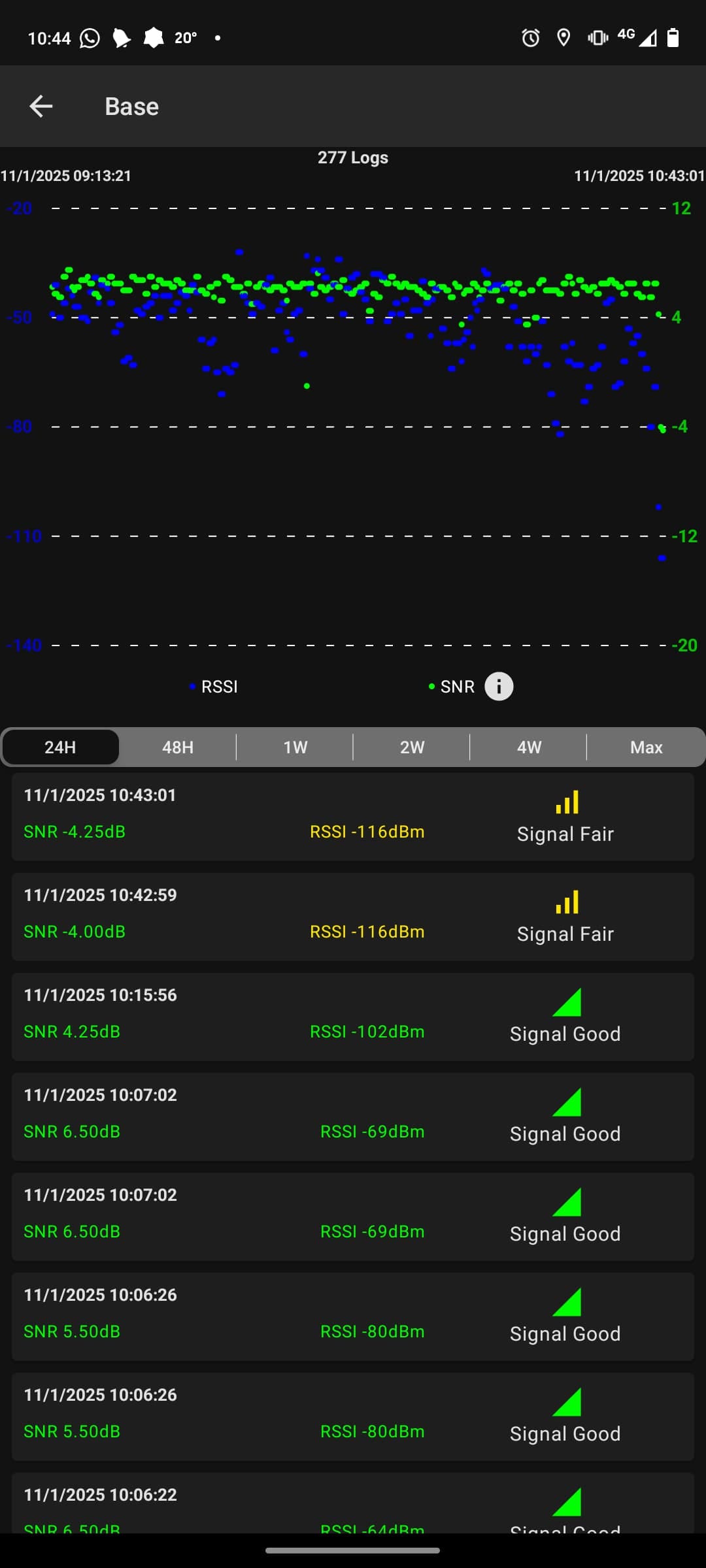Exploring the Integration of Meshtastic and ATAK in Firefighting Communications: A Practice with Chiviquín Brigade

Earlier this month, I had the opportunity to participate in an exciting field exercise with the Chiviquín Brigade to test the effectiveness of Meshtastic and ATAK devices for firefighting communications. This was part of an ongoing exploration into how mesh networking and situational awareness tools can improve coordination in challenging terrains, especially during wildfire response. The exercise, though not without its challenges, provided valuable insights into the strengths and limitations of these technologies.
The Team and Preparations
The exercise involved two groups made up of eight people in total. However, due to last-minute changes, only four of us were able to participate: myself (Nico), Alex, Nati, and Jero. While Alex and I were the primary tech leads, Nati brought experience in geomatics. Before the practice, Alex and I spent a few days preparing, fine-tuning the setup, and reviewing the equipment.
During this time, the wildfires in Los Angeles were making headlines, and we briefly discussed how ATAK was being used for coordination during those efforts—a reminder of the real-world importance of the tools we were testing.

The Walk: Cerro Pan de Azúcar
We chose Cerro Pan de Azúcar, located near Cosquín, as our testing ground.
This hill is particularly suited for this type of exercise due to its rugged terrain, which simulates the communication challenges often encountered in firefighting operations. The hill allowed us to replicate issues that might arise in more remote areas where communication can be a challenge.
Cerro Pan de Azúcar
We split into two teams: Nati and I ascended the hill, while Alex and Jero skirted its base. Our goal was to test both the range and reliability of Meshtastic and ATAK under real-world conditions. Along the way, we relied on a combination of walkie-talkies and the Meshtastic+ATAK setup to stay connected and exchange information.
Communication Tools: Meshtastic and ATAK
Before the exercise, we had connected the Meshtastic nodes to our phones and configured the ATAK clients. Meshtastic acted as the backbone for our communications, while ATAK provided the situational awareness layer, allowing us to share real-time location data, mark waypoints, and send messages.
To ensure reliable connectivity, we carried auxiliary nodes, which we used to mesh the area and leave a trail of connected devices. By doing so, we could make sure we had a solid connection back to the base.

The base node was placed at the parking lot, where we could monitor the signal strength screen in ATAK to know when to leave the auxiliary nodes behind. This was especially important in the more remote sections of the hill, where signal strength would fluctuate.

As we navigated, we were able to monitor the signal strength, battery levels, and location of all participants in real-time. The Meshtastic app allowed us to know when we were directly connected and when we were connected through one of the auxiliary nodes we had set up along the route. This mesh setup proved invaluable, as it allowed us to maintain connectivity even when direct communication was not possible.
Addressing Communication Challenges
Despite the promising setup, several issues arose during the practice. The most significant challenge was the unreliable message delivery in ATAK. While Meshtastic provided clear feedback about message delivery, ATAK did not. Some messages were delayed or appeared not to arrive at all, which caused confusion at times. Additionally, ATAK lacked a message history feature, which made it difficult to track communication over time.
Another challenge we encountered that arose from our lack of experience was the need for manual activation of tracking in ATAK for it to record points. This is something that needs to be documented for future exercises, as it’s crucial for continuous tracking and data collection.
Leveraging Walkie-Talkies and Meshtastic for Coordination
A significant advantage of using both walkie-talkies and Meshtastic+ATAK was the ability to switch between the two depending on the situation. When there were any changes to the plans, we could communicate over the walkie-talkie. Once the changes were discussed, we used ATAK to share precise information, such as updated locations and waypoints.
During the climb, there were moments when our group, which was higher up on the hill, acted as a mesh repeater for the group traveling around the base. This helped maintain the mesh network and ensured that we had a continuous communication link.
The Role of Drones
Although we didn’t fully explore the use of drones during this practice, we did discuss how they could be integrated into our operations. Drones have the potential to serve as aerial relay points, lifting nodes to improve line-of-sight connectivity, especially in difficult terrain. This is an area we plan to explore further in future exercises.
Reflection and Next Steps
At the end of the exercise, we gathered to reflect on our experiences. The Chiviquín team expressed their appreciation for the opportunity to work with these technologies, and we discussed how we could continue to improve our approach. Despite some of the technical challenges we encountered—especially with ATAK’s message delivery and lack of message history—Meshtastic proved to be a reliable tool for maintaining connectivity.
Looking ahead, we’ll continue to refine our understanding of how to best integrate these technologies for firefighting and other emergency response operations. The next step will be researching around the features we are missing in ATAK and how to work around them, testing the use of drones, refining our understanding of ATAK’s capabilities, and ensuring that all participants are fully trained on the tools.
This practice was a valuable step toward improving communication and situational awareness for teams in the field, and I’m excited to continue collaborating with Chiviquín and other brigades in the future.

Member discussion